The COVID -19 Temporary Wage Subsidy Scheme (TWSS) will cease on 31st August 2020 and will be replaced by the new Employment Wage Subsidy Scheme (EWSS) which will come into effect on 1st September 2020 and run until 31st March 2021.
There are 2 elements to the EWSS:
a) Qualifying employers can claim back a flat-rate subsidy for each eligible employee
b) Employers PRSI will be reduced to 0.5% for the wages paid to eligible employees
– Childcare businesses are included in the scheme. Registered childcare providers can avail of the EWSS without the requirement to meet the 30% reduction in turnover or customer orders.
– From 1st September eligible employers can claim the EWSS for their employees, provided they meet the following requirement criteria;
1) Tax Clearance (This should be applied for ASAP):
Tax clearance certificate on initial application of EWSS. Tax clearance must be issued for duration of claiming the EWSS scheme. This means all tax returns must be filed and paid on time. Also, connected parties (e.g directors) tax returns (e.g income tax returns) must be also tax compliant in order for the tax clearance to issue. If there happens to be outstanding taxes owed and business does not have the cashflow to pay the taxes immediately, then a payment plan could be entered into in order to avail of a tax clearance but this would be issued at the discretion of revenue and also when a formal agreement payment plan is agreed.
2) Reduction in Turnover caused directly by Covid-19:
You must be able to show that, due to Covid-19, you’re your over business turnover will reduce by 30% or more from 1st July 2020 to 31st December 2020. The EWSS will be taxed on employers as part of their trading income when calculating corporation tax, but it is excluded when predicting the 30% reduction in turnover. Turnover includes sales, donations, grants etc.
3) Continue to monitor 30% turnover rule:
Turnover needs to be reviewed at the end of each month to ensure turnover is still expected to be reduced by 30% or more from 1st July 2020 to 31st December 2020. To compare turnover, employers should look to the same period for 2019. If this cant be done, projections should be prepared on a pro-rata basis applying best judgement. Note that you review and compare the total from 1st July 2019 to 31st December 2019 – you do not compare months. If the percentage difference is 30% or more then your business is eligible under the turnover rule for the EWSS scheme.
4) Deregister / Reregister:
Registration is done through ROS and will only be successful if the employer is registered for PAYE/ PRSI as an employer, has a bank account linked to that registration, and has tax clearance issued.
If any of the above criteria are not met (e.g turnover is not expected to be less than 30% when reviewing at the end of the month for the period 1st July 2020 to 31st December 2020), the employer must deregister from EWSS through ROS immediately. If the employer reviews the
following month and turnover is expected to be reduced 30% or more, the employer can reregister for the EWSS the following month. Note backup documentation and workings are
critically important should revenue query eligibility of EWSS. To ensure compliance, Revenue will be undertaking assurance checks in relation to the scheme.
5) Eligible Employees:
There are no restrictions on taking on new employees and claiming the EPSS. Subsidies can be claimed in respect of employees on the payroll and in receipt of gross wages of between €151.50 and €1,462 per week.
- Employee Gross Weekly Wages (incl notional pay and before pension deduction) Subsidy Payable
- Less than € 151.50 Nil
- From €151.50 to €202.99 €151.50
- From €203 to €1,462 €203
- More than €1,462 Nil
For pay periods other than weekly, gross weekly wage will be calculated by dividing the returned gross wage by the number of insurable weeks included. In order for the EWSS claim to process, payroll submissions must be at least monthly. E.g quarterly, bi-yearly or one-off wage payments annually will not be eligible for EWSS.
6) Restrictions (who cant claim) on claiming EWSS:
a) Proprietary Directors (this has not been finalised and we are awaiting revenue guidance)
b) Connected parties who were not on the payroll and paid at any time between 1 July 2019 and 30 June 2020.
c) Other e.g domestic employees (childminders, housekeepers, gardeners)
7) Operation of EWSS:
Employers will pay their employees as normal.
Employees’ pay tax at the normal rates.
Payslips will not mention the EWSS.
Normal Employers PRSI rates will be applied during the payroll process e.g. 11.05% for Class A1 employees.
To indicate that a subsidy is being requested for an eligible employee, you must include “EWSS” as the payment type in the ‘Other Payments’ section on the payroll submission and input the digit zero or one cent.
- All payroll submissions should be processed through ROS by the 14th of the following month.
- On top of the subsidy, Revenue will also credit any excess Employers PRSI on the payroll submission against the payroll liabilities due by the employer for that period.
8) Other important information relating to EWSS:
Revenue EWSS Guidelines: View Link
Important advice from Revenue for employers who wish to avail of the new Employment Wage Subsidy Scheme: View Link





